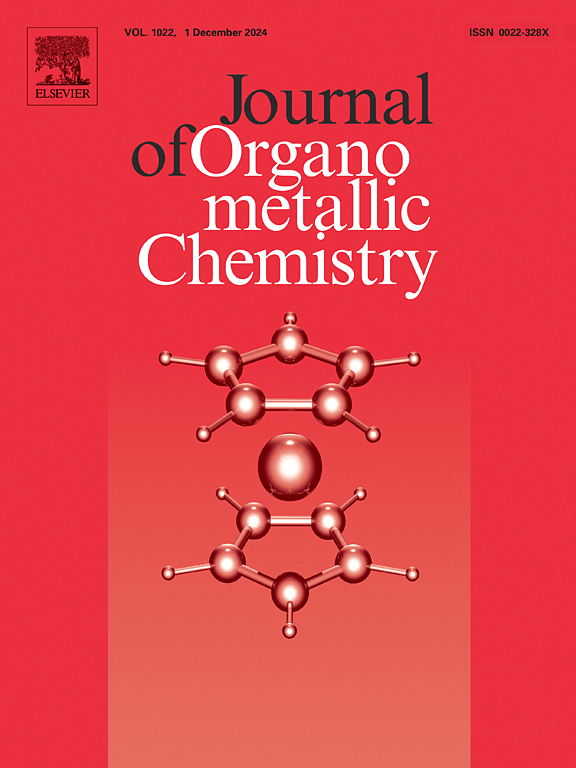Advances in Wacker oxidation: From palladium to first-row transition metal catalysts
IF 2.1
3区 化学
Q3 CHEMISTRY, INORGANIC & NUCLEAR
引用次数: 0
Abstract
The widespread presence of carbonyl scaffolds in agrochemical and pharmaceutical compound libraries has led to an increased focus on creating sustainable and effective processes for transforming olefins into their carbonyl derivatives. The first breakthrough was made possible by the Wacker method, which transformed alkenes into aldehydes or ketones by utilizing the mutually exclusive interactions of palladium and copper. Replacing palladium with a readily available and affordable metal has the potential to revolutionize the Wacker-type oxidation (WTOx), making it a more environmentally friendly and economically feasible method for olefin oxidation. This review explores the recent advances in WTOx, emphasizing the mechanistic insights and innovations in catalytic systems that enable the selective oxidation of olefins. It emphasizes the shift from noble metals to first-row transition metal catalysts for more sustainable synthetic applications. Advancements in palladium-catalyzed Wacker systems have led to significant improvements in yields, regioselectivity, and functional group tolerance. These improvements have been achieved through the use of novel ligands, oxidants, and reaction conditions.

瓦克氧化的进展:从钯到第一排过渡金属催化剂
羰基支架在农用化学品和药物化合物库中的广泛存在,使人们越来越关注创造可持续和有效的工艺,将烯烃转化为其羰基衍生物。瓦克法实现了第一个突破,它利用钯和铜的互斥作用将烯转化为醛或酮。用一种容易获得且价格低廉的金属代替钯,有可能彻底改变瓦克氧化法(WTOx),使其成为一种更环保、更经济可行的烯烃氧化方法。本综述探讨了 WTOx 的最新进展,强调了能够实现烯烃选择性氧化的催化系统的机理认识和创新。它强调了从贵金属到第一排过渡金属催化剂的转变,以实现更可持续的合成应用。钯催化瓦克体系的进步使产量、区域选择性和官能团耐受性显著提高。这些改进是通过使用新型配体、氧化剂和反应条件实现的。
本文章由计算机程序翻译,如有差异,请以英文原文为准。
求助全文
约1分钟内获得全文
求助全文
来源期刊

Journal of Organometallic Chemistry
化学-无机化学与核化学
CiteScore
4.40
自引率
8.70%
发文量
221
审稿时长
36 days
期刊介绍:
The Journal of Organometallic Chemistry targets original papers dealing with theoretical aspects, structural chemistry, synthesis, physical and chemical properties (including reaction mechanisms), and practical applications of organometallic compounds.
Organometallic compounds are defined as compounds that contain metal - carbon bonds. The term metal includes all alkali and alkaline earth metals, all transition metals and the lanthanides and actinides in the Periodic Table. Metalloids including the elements in Group 13 and the heavier members of the Groups 14 - 16 are also included. The term chemistry includes syntheses, characterizations and reaction chemistry of all such compounds. Research reports based on use of organometallic complexes in bioorganometallic chemistry, medicine, material sciences, homogeneous catalysis and energy conversion are also welcome.
The scope of the journal has been enlarged to encompass important research on organometallic complexes in bioorganometallic chemistry and material sciences, and of heavier main group elements in organometallic chemistry. The journal also publishes review articles, short communications and notes.
 求助内容:
求助内容: 应助结果提醒方式:
应助结果提醒方式:


